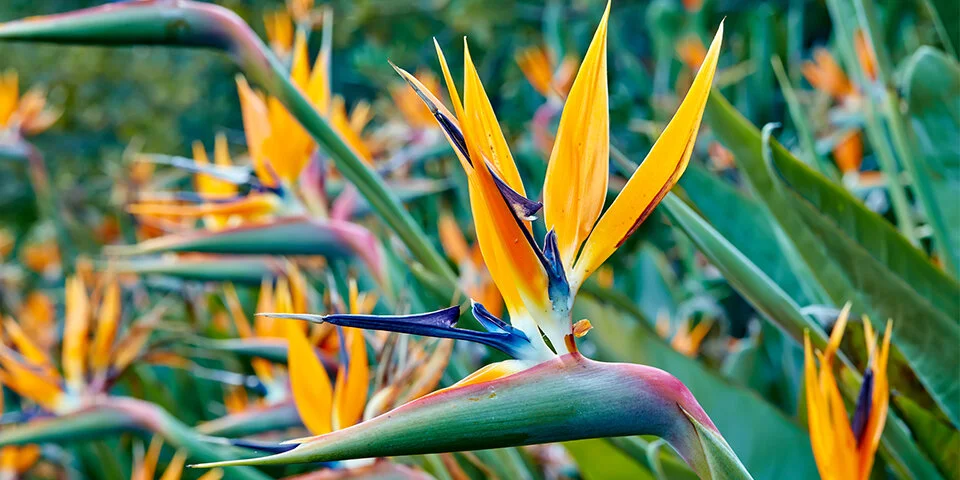More than 50 years ago we were given a couple of elephant garlic bulbs. We planted them in an out-of-way corner of the garden, and they have come up every spring since then, dying out in the original location but surviving in two other untended areas.
Allium ampeloprasum, or wild leek, is native to southern Europe and western Asia. Its cultivated varieties include var porrum (garden leek), var ampeloprasum (giant garlic), and var sectivum (pearl onion). A. ampeloprasum var babingtonii grows both wild and cultivated in the British Isles and is used mainly as an ornamental, but it has been a source of food from early historic times. An English source of bulbs intended for the table claims that their stock is descended from plants introduced to Cornwall by Phoenician traders. The debate about the “botanical status” of elephant garlic is discussed in an article by Colin Simpson in NVS News, a newsletter of the English National Vegetable Society. It dismisses a claim made in the 1970s by “one United States seed house” that they had bred it by crossing an onion with a leek. The distinguished English botanist, Martyn Rix, regards it as a hexaploid form of wild garlic, which may partly explain the large bulb. James R. Bagget of the University of Oregon, another well-known hybridizer, classifies it as a separate species, A. scordoprasum. There does seem to be agreement that the elephant garlic now grown for the table in North America is descended from bulbs collected by Jim Nichols, founder of Nichols Garden Nursery in Philomath, Oregon. Simpson, who sells some of his bulbs to restaurants, obtained his stock from Nichols.
As explained on the Nichols website, the first bulbs were collected in 1941 from farmland in the Willamette Valley, originally settled by immigrants from Bohemia. Over the next dozen years, the bulbs were propagated, and the best bulbs were selected to improve the stock. In 1953 they began to sell what had been known as giant garlic under the name, “Elephant Garlic.” The website gives detailed instructions on how the bulbs should be grown, recommending a well-drained soil and a cover crop, like buckwheat, to be grown before the bulbs are planted. They stress the importance of preventing competition from weeds. That may explain why our garlic grows best in a path between raised beds covered by walk-on bark.
A mature bulb, which can measure up to six inches in diameter can, like garlic, be separated into several flat-sided cloves. On its surface will be some bulblets, less than an inch across and too small for the table. If you plant these, in a year they will produce “rounds” measuring less than three inches, which can be harvested or left for another year to become multiple cloves.
Elephant garlic is much milder than true garlic and does not substitute for the latter in the kitchen. Some internet sources extol elephant garlic soup, but in our experience it’s pretty insipid without a lot of help from other ingredients. Most of the recommendations are for roasted cloves, and that’s the manner of cooking that we’ve found most satisfactory. The many posted recipes advise wrapping the cloves with tinfoil and roasting for up to an hour. Then you cut the thick skin of the clove and squeeze the soft interior onto toast or use it as a garnish on vegetables or meat.

